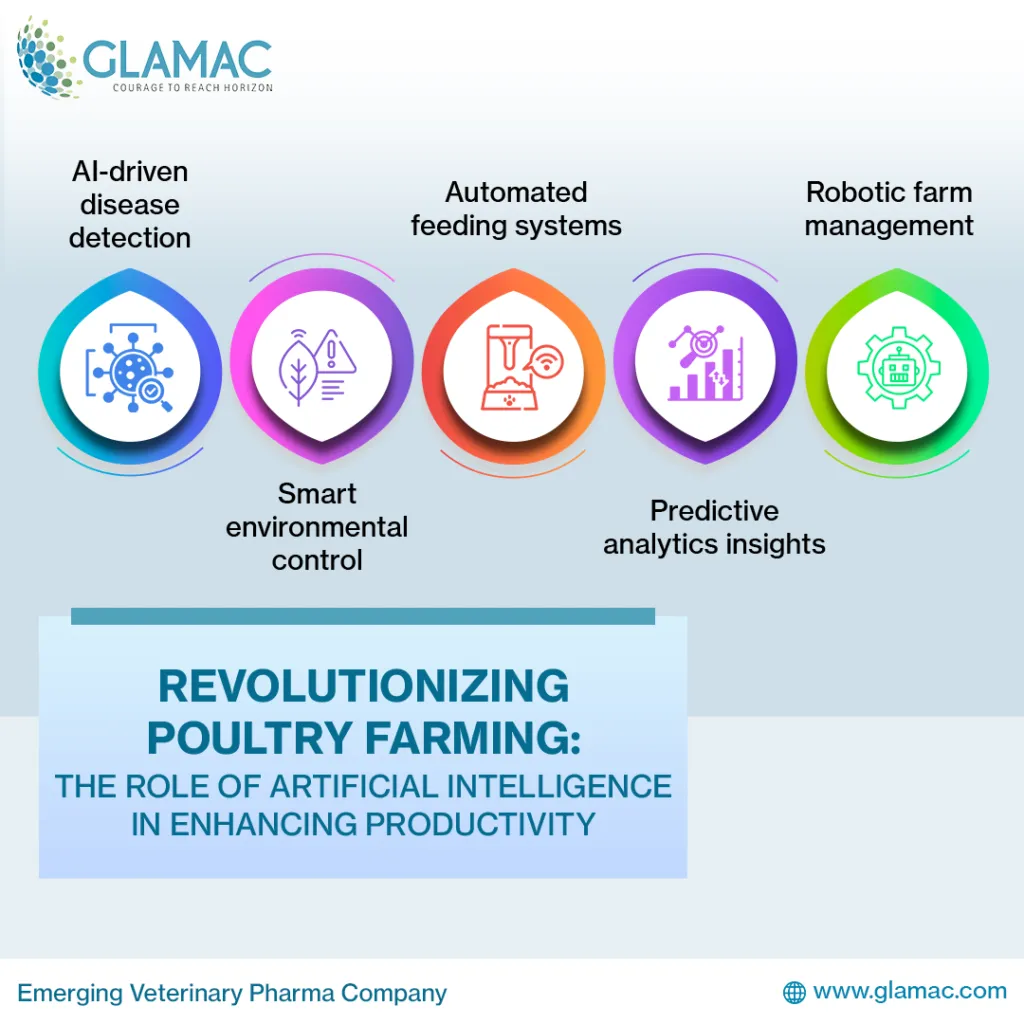In the quest to ensure food safety, particularly in poultry products, researchers are turning to advanced technologies and models to better understand and predict microbial behavior. A recent study published in the journal ‘Poultry Science’ (known in English as ‘Poultry Science’) has shed light on the thermal inactivation of Salmonella and its surrogate, Enterococcus faecium, in ground chicken meat, considering the impacts of temperature and salt concentrations. The research, led by Corey Coe from the School of Agriculture and Food System at West Virginia University, offers promising insights for the poultry industry.
The study aimed to model the thermal inactivation of these microorganisms under various conditions. Coe and his team inoculated ground chicken breast with Salmonella Typhimurium and Enterococcus faecium, then subjected the samples to different temperatures (62, 66, 70, and 74°C) and salt concentrations (0, 1.0, 3.0, or 5.0%) over varying exposure times. The results were analyzed using sophisticated software and machine learning models to predict microbial inhibition.
One of the key findings was that higher salt concentrations increased the thermal resistance of Salmonella Typhimurium at lower temperatures (62°C), but at higher temperatures (74°C), the pathogen became more vulnerable. “Salt (3 and 5 % vs 0 %) significantly (P < 0.05) increased the thermal resistance of S. Typhimurium (reduction:1.02 vs 1.86 log10CFU/g) when heated at 62°C whereas when the heating temperature increased to 74°C the pathogen cells become more vulnerable (reduction: 3.04-4.44 vs 1.63 log10CFU/g)," explained Coe.Enterococcus faecium, used as a surrogate for Salmonella, showed greater resistance to heat compared to Salmonella, with fewer reductions in microbial populations and higher d-values across all tested samples. This suggests that E. faecium could be a reliable surrogate in thermal inactivation validation studies.The study also employed machine learning models, including Random Forest, Support Vector, and Bayesian Ridge Regressions, to predict microbial inhibition. These models highlighted that heating temperature was the most important predictor of cell reduction, followed by exposure time and salt concentrations.The implications of this research are significant for the poultry meat industry. By understanding how different factors affect microbial inactivation, companies can develop more effective thermal processes to control pathogens in chicken products. "These results will be useful for the poultry meat industry to develop proper thermal processes for control of pathogen in chicken products," Coe noted.As the industry continues to evolve, such studies are crucial in shaping future developments. The integration of machine learning and predictive modeling can lead to more precise and efficient food safety protocols, ultimately benefiting both producers and consumers. This research not only advances our scientific understanding but also paves the way for innovative solutions in food safety and quality control.

